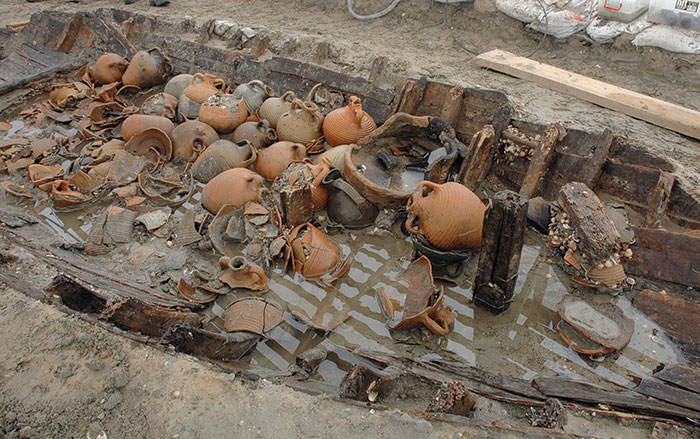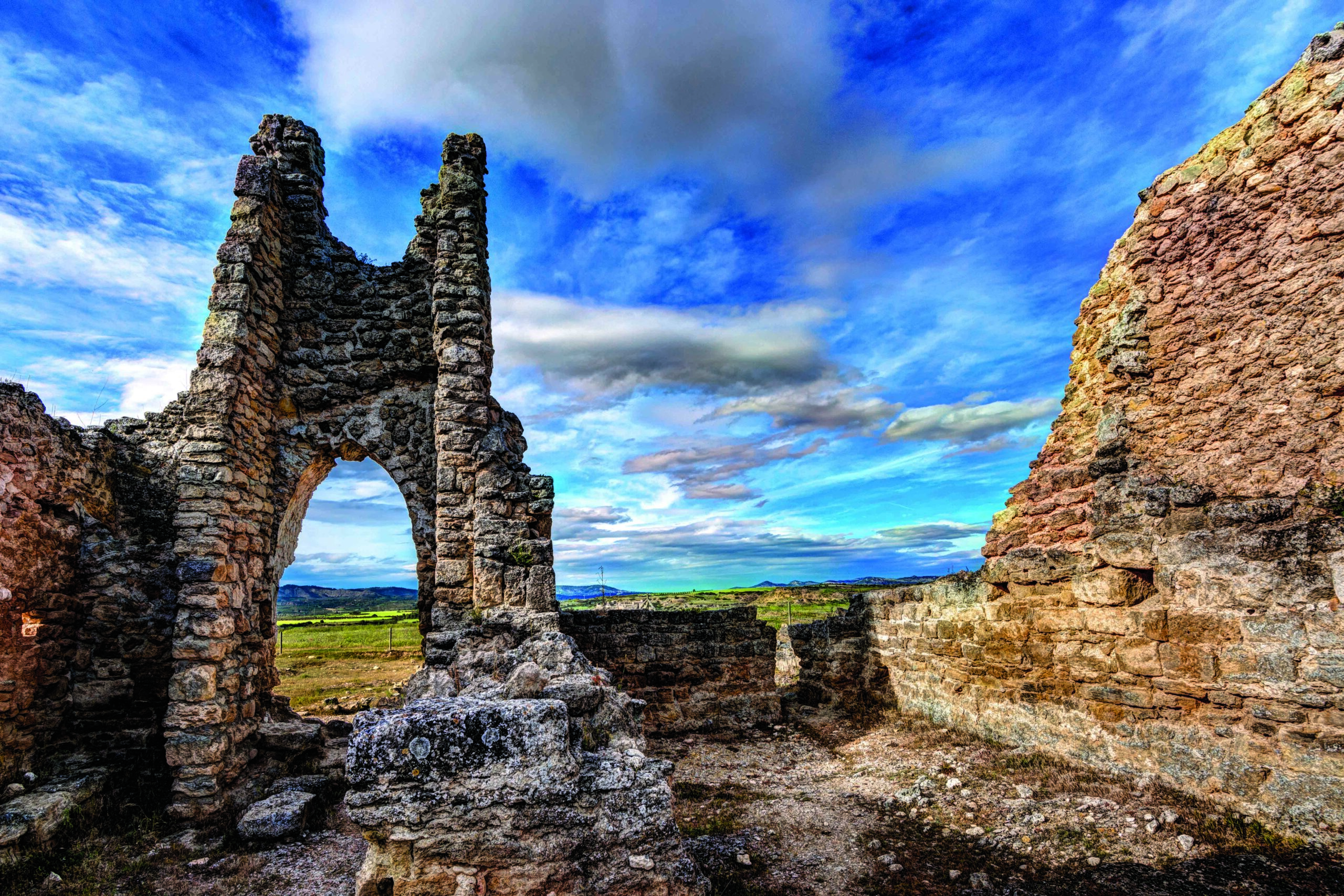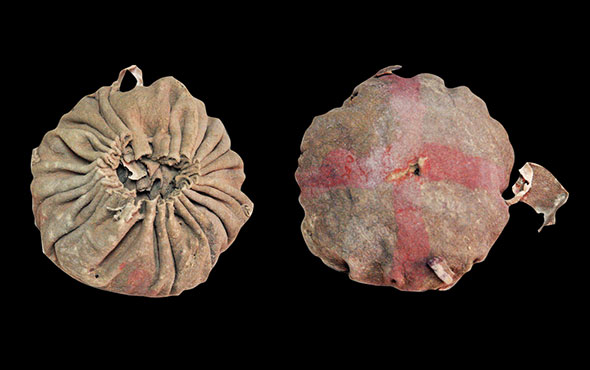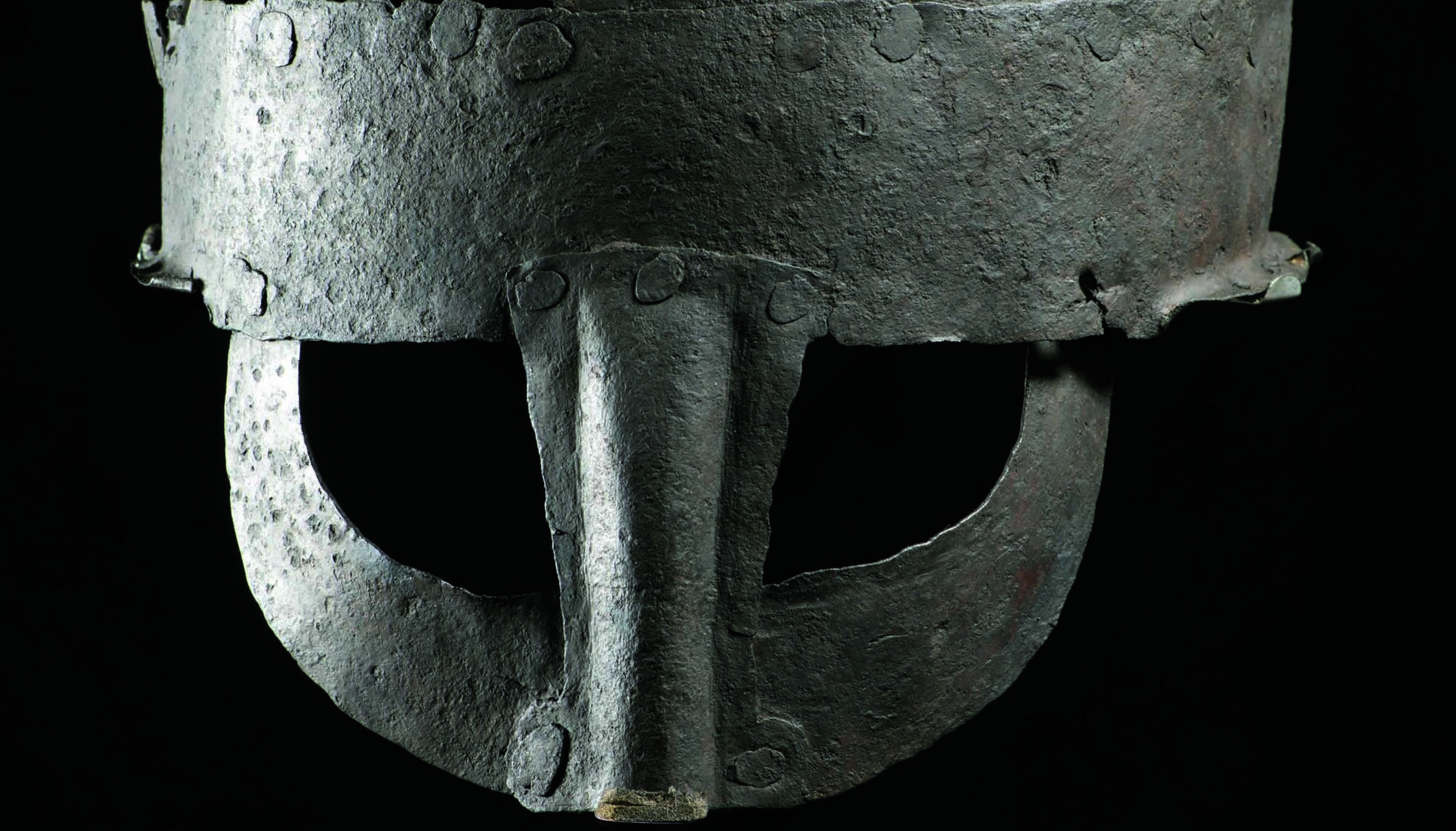
MAINZ, GERMANY—According to a statement released by Johannes Gutenberg University, a team of researchers led by Gül Sürmelihindi analyzed limescale on the Aqueduct of Valens, which supplied water to the city of Constantinople in modern-day Turkey. Construction on the aqueduct was begun in the fourth century A.D., when the emperor Constantine the Great made the city the new capital of the Roman Empire. The water system was then expanded in the fifth century as the city grew. Along its 265 miles, the aqueduct featured vaulted masonry channels, 90 large bridges, and tunnels reaching three miles long. Sürmelihindi and her team found thin layers of carbonate deposits in the aqueduct system, and estimate they reflect about 27 years’ worth of use, even though the system is known to have worked for more than 700 years. The researchers suggest the system must have been maintained and cleaned of potential blockages well into the medieval period by the Byzantine Empire. The 30-mile-long double set of water channels in the central part of the system may have allowed for water to continue to flow during maintenance operations, the team concluded. To read about aqueducts elsewhere in the Roman Empire, go to "Rome's Oldest Aqueduct," one of ARCHAEOLOGY's Top 10 Discoveries of 2017.










